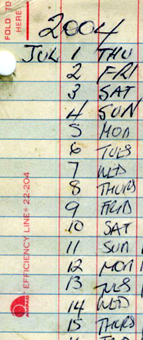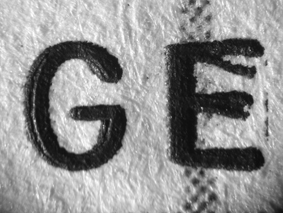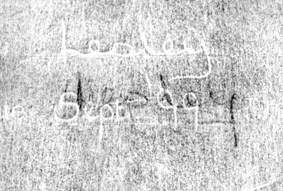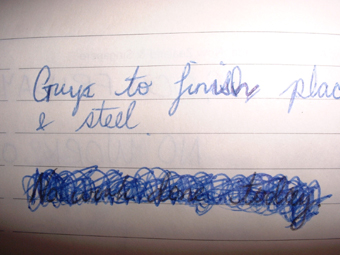Handwriting Expert | Steve Dubedat Services

As nature ensures that no two things are exactly alike, neither are two person’s handwriting. A child when initially taught a particular handwriting system will copy the formations shown to them. From this moment on, the child starts to introduce their own individual writing habits into their handwriting. Each child will perceive each letter slightly differently, and the end result will depend on each child’s ability. Every person develops a number of individual habits or personal characteristics in their handwriting which deviate in their own way from the style taught, and this is what makes handwriting identifiable. When a sufficient number of a writer’s individual or personal characteristics are found between two writings and there are no significant differences, then an expert in this field can conclude that they were written by the same person. Although it may appear easy to recognise the handwriting from a relative or friend, it is usually because you recognise the style or class characteristics of that person’s handwriting. Original handwriting and signatures are never a physical match, and vary through internal factors such as natural variation and the writer’s health and age, and external factors such as writing position and surface.

Every document produced from a machine has the potential to be identified back to that machine. Mass production and wear and tear on any mechanical device can produce faults individual to a particular machine. This means that any printer, photocopier, typewriter etc can be identified as having produced a document, and in some cases, within a certain time frame. For example, dirty marks accumulating on the glass on a photocopy machine form a unique pattern until the glass is cleaned. A defective drum unit can also leave identifiable marks until the drum is replaced. If previous samples from a machine are examined, a time frame when a photocopy document came into existence can be determined.

The act of writing causes indentations to be created on the paper surface, and underlying pages. When an anonymous letter is received, it is possible to source the document from indentations. Medical notes and other records can be scrutinised for possible alterations or additions. Heavily indented writings can be deciphered using an oblique lighting source. When writing impressions are not evident using oblique lighting, then an electrostatic device is used. This method is much more sensitive method which often produces excellent results, and is also non destructive to the document.

Determining the relative age of a document, or various entries on documents can be valuable evidence, remembering that every document is unique and presenting its own set of circumstances. This image shows the result of a technique (ESDA) where indented writings (black) intersect with original ink handwritng (clear/white). The sequence determination of the handwriting relative to the indentations is possible.

A written or typed entry can often become disputed on a document. An entry can be erased by mechanical or chemical means, overwritten, added on to, or obliterated in some other way such as using correction fluid. There are numerous techniques for the decipherment of these entries. Simple decipherment’s can be determined using various lighting with microscopic methods, whilst others can be examined using infrared and ultrviolet techniques.